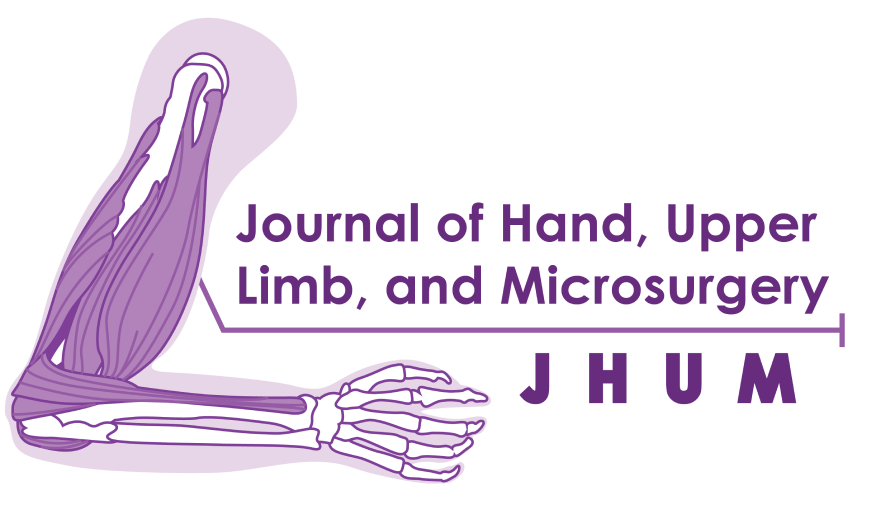Arthroscopic and Minimally Invasive Management of Scaphoid Non-Union
A Case Series
DOI:
https://doi.org/10.59452/jhum.v1i2.117Abstract
Background
The scaphoid has a poor blood supply. Consequently, the healing process may be disrupted once fracture occurs, leading to many complications. Principles of scaphoid nonunion management are correction of scaphoid malalignment, debridement of necrotic bone and scar tissue, exposure of well-vascularized scaphoid bone, bone grafting, and stabilization. Arthroscopic-assisted bone grafting for scaphoid nonunion has a reliable clinical outcome with union rate of 80% to 100%. Therefore, in our case series, we describe an arthroscopic and total minimally invasive management for scaphoid nonunion based on the case in our institution
Methods
This study included 6 patients with nonunion scaphoid fractures underwent arthroscopic and minimally invasive surgery at Fatmawati Hospital and Soeharso Orthopaedic Hospital. Several measurements were used to evaluate patients' functional capability, including grip strength, wrist extension, wrist flexion, ulnar deviation, radial deviation, pronation, and supination preoperatively and postoperatively. The outcomes were VAS, quick DASH, and PRWE.
Results
In our study, the union rate was 100%. The VAS pain score was also improved significantly (p=0.023) from preoperative (5.78) to postoperative (0.4). The significant improvement was also shown for Quick DASH (p=0.005) and PRWE (p=0.031). The grip strength in our study was improved after surgery (52 to 77) and had comparable strength to the contralateral unaffected hand (77 to 80)
Conclusions
We found that arthroscopic and minimally invasive surgery in nonunion scaphoid fracture shows a quite promising method to achieve union to the fracture and positively affect the recovery of grip strength and range of motion of the wrist.

